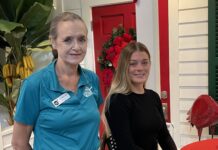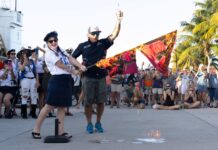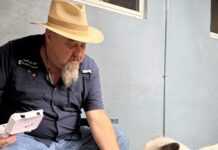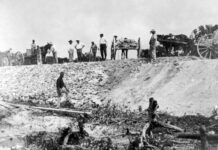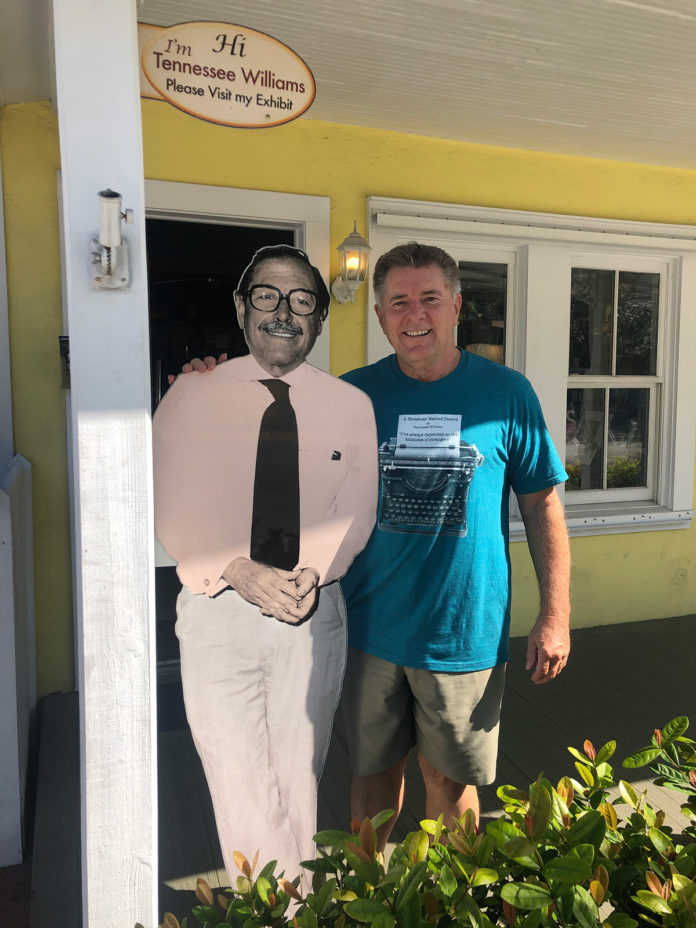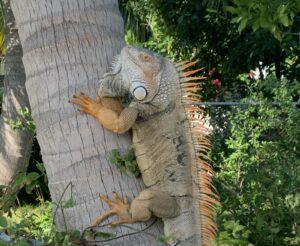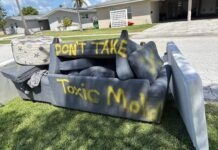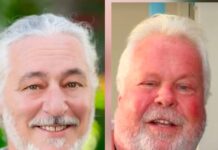Tennessee Williams famously claimed, “New Orleans is the best place to write. I can’t think of anywhere else with such characters.” Dennis Beaver, curator of the recently reopened Tennessee Williams Museum, is quick to note the legendary playwright made that proclamation two years before he came to Key West and irrevocably fell for its characters and edge-of-the-world charm. Williams would spend the rest of his life writing on the island; at a succession of guest houses, the La Concha Hotel, where he finished the manuscript for “A Streetcar Named Desire” and later from a storage shed studio, christened “the madhouse,” at his Duncan Street home.
“He did almost all of his major writing while living in Key West,” said Beaver, maintaining that Williams was far more prolific than “that other writer over there on Whitehead Street,” Ernest Hemingway.
Beaver began curating his collection of Tennessee Williams artifacts in 2010 at the behest of the Key West Art and Historical Society. “They asked me to do an exhibit on Tennessee Williams for his 100th birthday. We did it at the East Martello Fort and the response was so incredible that they said, ‘Could you put together a permanent exhibition?’” A decade later, that exhibit became the Tennessee Williams Museum, 513 Truman Ave., and an official part of the Key West Art and Historical Society.
The museum’s collection includes a series of illustrations based on characters from Williams’ plays, drawn by famed caricaturist Al Hirschfeld, and a wall dedicated to the film “The Rose Tattoo,” written by Williams and filmed on location in Key West. Despite the availability of color film technology, Tennessee insisted the movie be made in black and white, believing the brilliance of the island’s flora and fauna would distract audiences from the story itself. Key West is never mentioned by name in the film, and according to Beaver, the omission was deliberate, “Tennessee said, ‘I don’t want people to know where it is. I moved to Key West to get away from people.’”
An area of the museum is dedicated to another Rose, Tennessee’s older sister and perennial muse. Rose was lobotomized at age 24 in an attempt by their mother to curb her daughter’s wild ways. According to Beaver, “Tennessee always felt guilty that he was not there to protect Rose and that became the main reason that he later brought her to Key West.” Rose lived for several years on Von Phister Street, where her famous brother held legendary parties in the ballroom of her home.
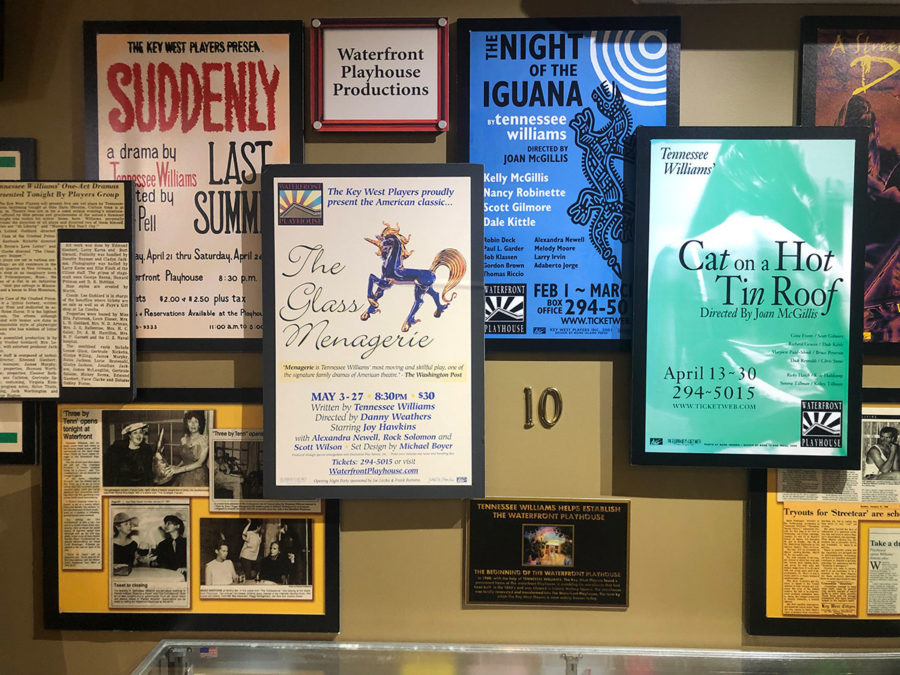
Williams’ own Duncan Street house, which he shared with his partner Frank Merlo and a cast of beloved bulldogs, has been immortalized by artist Jane Rohrschneider. Her detailed model, completed in 2017, anchors the museum’s main gallery.
The museum also houses an extensive collection of photographs of Tennessee Williams taken in Key West. Among them is a portrait of the writer in 1981 on Front Street wearing a full raccoon fur jacket and fisherman’s cap on the coldest day in the island’s recorded history.
Beaver’s first introduction to Tennessee Williams came not from his writing, but from inadvertently meeting the man himself. In the 1980s Beaver owned a boarding house on Olivia Street. Viola Veidt, a down-on-her-luck socialite, was a tenant of his and a frequent lunch date of Williams. “I would tell Viola, ‘your date is here.’ I didn’t even know who he was at the time. Viola had lots of lipstick and she was always telling me, ‘Oh, darling, Ten did this or Ten did that and he gave me another painting.’ I never paid any attention.” It wasn’t until the writer’s death in 1983 that Beaver began following his work. “That’s when I realized who Tennessee really was and I’ve felt deprived of not getting to know the man.” Beaver has remedied that deprivation by growing close to Tennessee’s literature and legacy. “The more you learn, the more you want to know. And of course, once you start reading some of his short stories, you want to say, oh, how did this become a play? A movie? It just went on from there.”
Beaver’s curiosity has amounted to an unsurpassed museum. “We have the largest collection of photos and memorabilia anywhere in the world and I’m still adding.” Closed during the pandemic, the Tennessee Williams Museum reopened in late June and now welcomes visitors for self-guided tours. Beaver, who is a fount of anecdotes and stories about Tennessee Williams, is available for private tours upon request
For Beaver, reopening the museum is a vital part of keeping Williams’ spirit alive and well in the hometown he, and so many of us, have adopted as our own. “Key West is so fortunate to have had this man living here. It’s one of the reasons so many of us have come here to enjoy our lives. He chose Key West and now so have we.”
The Tennessee Williams Museum is located at 513 Truman Ave., and is open from 10 a.m. to 4 p.m. Thursday through Sunday.

